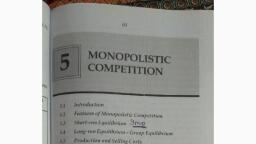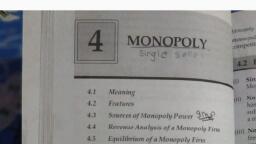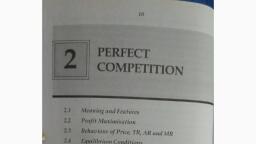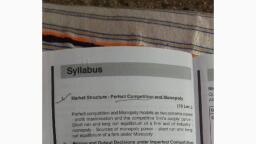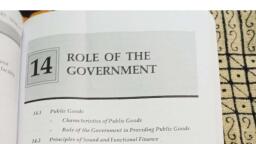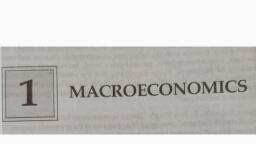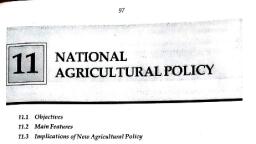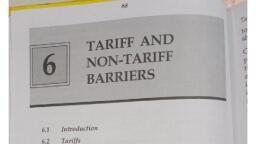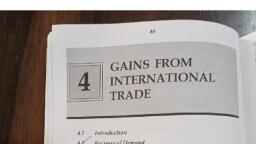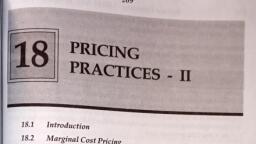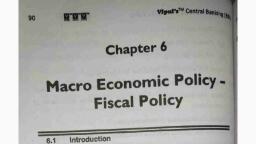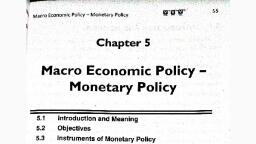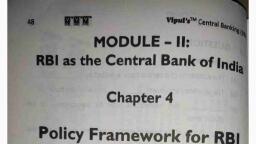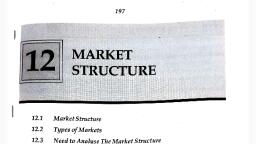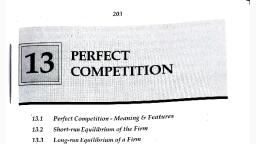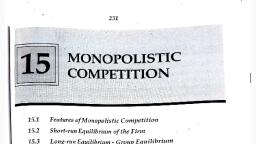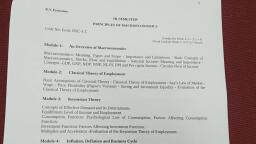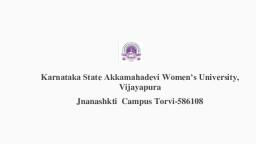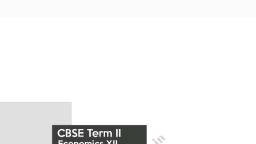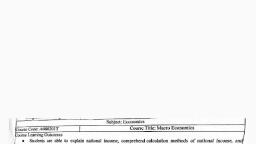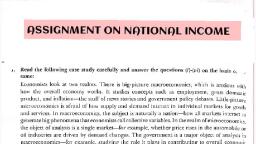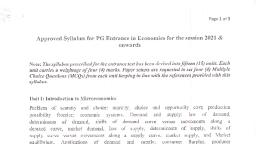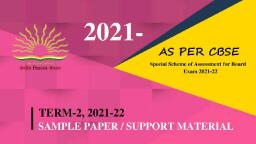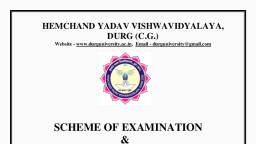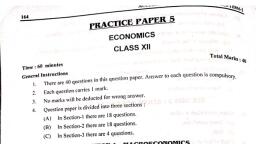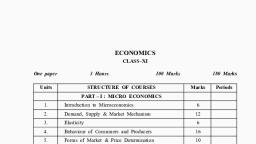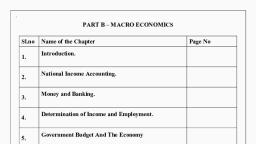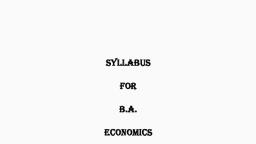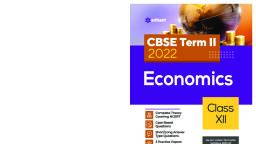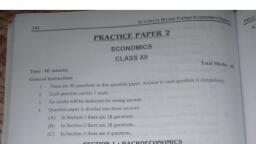Page 1 :
Page, 1, MACROECONOMICS, INTRODUCTION TO, 23, 45, 56, 1.1, Meaning, 1.2, Schools of Thought, 66, 1.3, Scope/Subject Matter, 78, 1.4, Importance, .. 93, 1.5, Limitations, .. 105, . 119, nics, 1.1 MEANING, 129, Macroeconomics studies the economy as a whole and analyses its, functioning. It deals with the behaviour of aggregates such as, national income, employment level, general price level, investment, level and balance of payments. These aggregates are the result of, activities in different sectors of the economy and they form the, collective behaviour pattern of decision makers such as consumers,, governments, firms and industries., 139, 152, 69, 87, According to K. E. Boudling*, "Macro economics is that part of, economics which studies the overall averages and aggregates of the, economic system. It does not deal with individual incomes but with, national income, not with individual prices but with the gemeral price level,, not with individual output, but with national output"., 00, 16, Kenneth Boulding, British Economist (1910-1993).
Page 2 :
e the, ysis. As a resul, places, services. Sud, Introduction to Macroeconomics, assume linear cause-effect relationship between variables., However, in the real world, such precise and liner relationships, may not be seen., at the, broblems migh, 6., Limited application to developing economies: Most, acroeconome, le. Sometime, nicro units in, red to benef, e from bank, her words, to solve the, my., macroeconomic models are based on assumptions that are, applicable to developed, industrialised, free-market economies., Therefore, their application to underdeveloped, developing and, emerging economies is limited. For example, the theory of, business cycle assumes that the economy is an industrialised,, free-market economy. Such a theory cannot explain the, movement of national income in an agrarian, non-capitalist, economy. Sometimes, when policymakers try to replicate, policies of a developed economy in a developing economy, the, result may lead to economic disaster. However, Development, Economics branch of macroeconomics deals with the specific, problems of developing economies., s are based, judge and, as they are, icies based, wever, the, REVIEW QUESTIONS, 1., Define macroeconomics. Discuss the various schools of thought of, overcome, ed to take, macroeconomics., Discuss the scope of macroeconomics., Discuss the importance of the study of macroeconomics., What are the limitations of macroeconomics?, 2., udgetary, 3., 4., rogenous, estment,, of money, hich are, If keeps, OBJECTIVE QUESTIONS, A. Explain the following concepts:, 1., Macroeconomics, pare the, nts are, fulness., 2., Classical macroeconomics, 3. Laissez faire capitalism, Monetarism, 4., 5. Development Economics, 6., sed on, moved, s often, I to be, Conflict between micro and macro interests, 7. Stagflation, 8. Say's Law
Page 3 :
Choose the correct answer from the alternatives provided:, The following is not a subject matter of macroeconomics:, 1., (a) National income accounting, Business Economics-II (5., 10, B., (b) Laws of demand and supply, (c) Business cycle, (d) General price level, One of the major assumptions of the classical school is, (a) Lack of aggregate demand causes involuntary unemployment, (b) Government's fiscal operations can reduce unemployment, (c) Unemployment and inflation can exist together, (d) Economy will be in full employment equilibrium in the long run, 2 Cinular Fld, Economy, 21 Introductiom, Keynesian theory is not baséd on which of the following assumptions?, Ja Supply creates its own demand, (b) Markets can fail, 22 Cicular Flo, (c) Government intervention can reduce the impact of recession, (d) Aggregate demand determines national output, Which of the following schools of thought in macroeconomics focuses, on the role of money supply and central bank?, (a) Development Economics (b) Classical School, Monetarism, Which branch of macroeconomics specifically focuses on the problems, of developing economies?, já) Development Economics, (c) Monetary Economics, Which of the following measurements indicate how national income, is distributed?, 24 Importance, (d) Keynesian School, 5., 21 INTRODUC, Public Finance, (d) Trade Cycle Theory, (a) GDP, Per Capita Income, The phenomenon of stagflation can be explained with which of the, following macroeconomic theories?, (a) Keynesian demand-pull theory, (b) Supply-side cost-push theory, (c) Classical theory, Which of the following is not one of limitations of macroeconomics?, The circular flow of inc, that determines na, simulaneously. In an, gods and services prod, pay to the factors in th, This forms the incom, funcioning of the econ, services by the busine, business units are "inc, consumers' expenditul, cOnumers determin, (b) GNP, (d) NNP, 7., (d) Monetarist theory, 8., Ja) Unable to study aggregate measurements pertaining to an, economy, (b) Models and theories are abstract and mathematical, (c) Does not account for micro-level differences, (d) Prescribes policies that are too general to solve specific problems, Is.: (1) - (b), (2) - (d), (3) - (a), (4) - (), (5) - (a), (6) - (c), (7) - (b), (8) - (a), and senvices. It wi, 0 pue Bugds, equals outp
Page 4 :
CIRCULAR FLOW, 2, OF INCOME, 2.1, Introduction, 2.2, Circular Flow in a Closed Economy, Circular Flow in an Open Economy or Four Sector, Economy, 2.3, 2.4, Importance of Circular Flow of Income, 2.1 INTRODUCTION, The circular flow of income and expenditure explains the process, that determines national income and national output, simultaneously. In an economy consumers spend their income on, goods and services produced by business and production units. They, pay to the factors in the forms of wages, rent, interest and profits., This forms the income of the factors which is spent again. The, functioning of the economy consists of the production of goods and, services by the business and production units. What are "costs" to, business units are "incomes" to the factor owners. On the other hand,, consumers' expenditure is income to business units. Expenditure of, consumers determines the income of the producers. More, expenditure means more income and greater production of goods, and services. It will increase the earnings of the factors and their, spending and so on. The economy is in equilibrium when income
Page 5 :
Circular Flow of Income, 3. Helps to find out the leakages in the circular flow: The concept, of circular flow enables us to find out the leakages in the form, of saving, imports and taxes and their effects on income and, expenditure., 4. Highlights the importance of monetary and fiscal policies:, The study of circular flow highlights the importance of, monetary and fiscal policies to bring about equality between, income and expenditure., 21, d service, as taxes, kets and, have a, REVIEW QUESTIONS, Explain the concept of circular flow of income and expenditure in a, 1., closed economy., Analyse the circular flow of income and expenditure in an open, 2., economy., 3., Write short notes on:, (a) Circular flow of income in a two-sector economy, (b) Circular flow of income in a three-sector economy, (c) Circular flow of income in an open economy., Explain the circular flow of income and bring out the importance., 4., OBJECTIVE QUESTIONS, A., Select the correct answer and rewrite the statement:, Which of the following type of economy deals with the rest of the, world ?, 1., (b) Open, (d) Only developing, (a) Closed, (c) Only developed, Which of the following economy is in equilibrium when investment, is equal to saving ?, Nat Closed, (c) Developing, In which of the economy the leakages in the form of saving and taxes, arise in the circular flow of income?, (a) Two-sector, (c) Open, pt of, m it, 2., ntly, (b) Open, (d) Developed, ning, 3., b Three-sector, elp, (d) One-sector, um.
